Look around the NFL right now, and it's hard not to see a ton of defensive backs playing at a very high level. Just this past weekend, we saw Seahawks safety Kam Chancellor match up with Rob Gronkowski, Chiefs DBs Marcus Peters and Eric Berry make two ridiculous plays to stun the Panthers, and Giants second-year safety Landon Collins snag his fourth interception in his past three games. Earlier in the year, Vikings CB Xavier Rhodes made Odell Beckham Jr. disappear on national TV. And don't even bother trying to throw on the crew in Denver, a lockdown unit with safeties who bring the hammer.
With DBs emerging all over the place, let's run through the best of the best in all the areas that matter: ball skills, range, press coverage, versatility, run defense and more.

Best overall cover corner
Aqib Talib, Broncos
The reason I'm putting Talib at the top starts with his ability to challenge receivers. He's going to compete, and he's very physical in press-man, attacking the chest plate of receivers and using his quick hands to re-route and then stick to the hip. He's super aggressive.
But we also have to focus on the rest of his game. Talib can play off-man, too. He has a smooth pedal, and he isn't afraid to let receivers eat up his cushion. Why? Because it puts him in a position to drive on the ball. And his closing speed shows up on the tape. He can suck up the distance to the receiver at the break point.
Plus, it's more than just straight man-free coverage with Talib. He can stick to a receiver's inside hip in 2-man coverage (man-under) to play both the inside and outside cut. That's called trail-man technique, and it allows Talib to again play physical football throughout the initial stem of the route.
I know there are a lot of cornerbacks who put together teaching tape when it comes to man-coverage ability. But the way I view the game, Talib has the best tape from this season.
Honorable mention: Chris Harris Jr., Broncos

Best range
Earl Thomas, Seahawks
Thomas consistently closes the seam and the post, and he's the reason the Seahawks lean on single-high-safety defenses. The middle of the field is not open for business versus Seattle. It's that simple when you study Thomas' game, and it has much more to do with eye discipline and high-level football IQ than straight-line speed.
Yes, Thomas can clock 4.4 on the stopwatch. But so can a lot of guys in the league. The key to Thomas covering a ton of ground in the middle of the field starts with formation recognition and his ability to read the quarterback. That's why we always see Thomas getting a jump on the throw. He's moving before the QB even releases the ball. And then he erases the distance to the target with an electric burst. Take a look at this example from the 2015 playoffs:
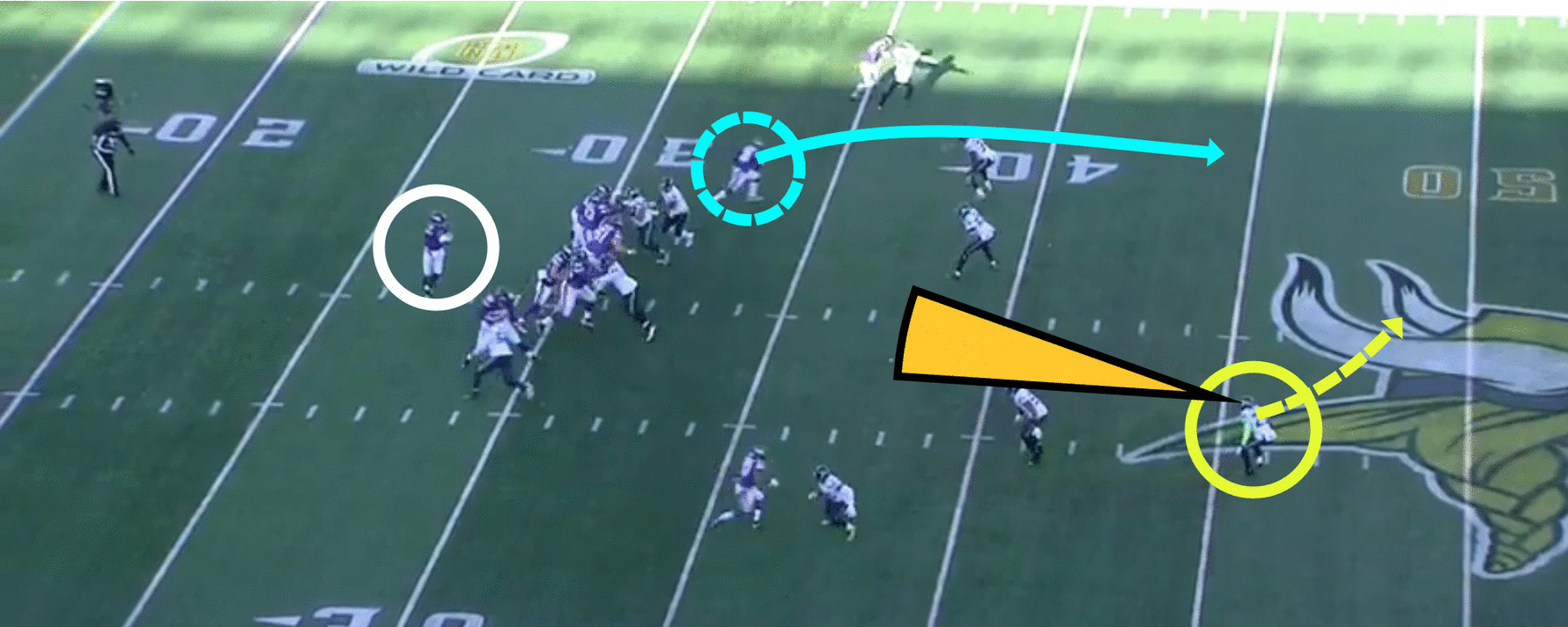
You see how far Thomas travels to shut down this seam route? He's playing on the opposite side of the field but is able to break up this pass because he reads the route from the snap. That allows Thomas to break on this throw before QB Teddy Bridgewater takes his hand off the ball. Thomas closes on the seam and drops his pads on contact to separate the running back from the ball. This is flat-out ridiculous.
Honorable mention: Devin McCourty, Patriots

Most versatile
Tyrann Mathieu, Cardinals
Injuries have limited Mathieu's playing time and production, including one to his knee in 2015 and one to his shoulder this season. But when he's healthy, his versatility is off the charts -- run, tackle, blitz, play the ball, cover. Mathieu can play in the slot. He can align outside of the numbers, roll to the deep middle of the field with his range or drop down into the box. He hits too -- he can do it all.
From a game-plan perspective, Mathieu has developed into the ultimate defensive chess piece. He consistently impacts how opposing teams plan for the Cardinals. He's really the future of defensive football, in my opinion. As offenses continue to spread out, DBs like Mathieu who can do a little bit of everything will continue to increase in value.
Honorable mention: Harrison Smith, Vikings

Best up-and-comer (cornerback)
Darius Slay, Lions
Where's the love for Slay? He is always flying under the radar compared with some of the top names at the position. But Slay has everything you look for in a high-flight cover corner. He has length and ball skills, and he's silky smooth in his movements on the field. Slay isn't the type of DB who is going to set the edge all afternoon in the run front. That's not his game. But if we are talking about coverage ability, he needs to be mentioned with the big boys in the league. He's a No. 1 cornerback who can match up against the NFL's top receivers. And there's a reason the Lions gave him a four-year, $50.2 million extension this summer. They see it.
Honorable mention: Kevin Johnson, Texans
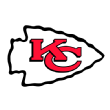
Best ball skills (cornerback)
Marcus Peters, Chiefs
Peters has 13 interceptions in 25 career regular-season games. That's a crazy number. For comparison's sake, I had four interceptions as a safety -- in seven NFL seasons.
Now, Peters is still developing his overall technique at the position, and he's not stealing every ball thrown his way. There are some tipped passes here, some overthrows, too. But the guys who make plays on the ball get paid because of the way turnovers impact the outcome of the game. And Peters is an absolute magnet to the football. A true turnover machine. Take a look at this interception against the Jets earlier this season:
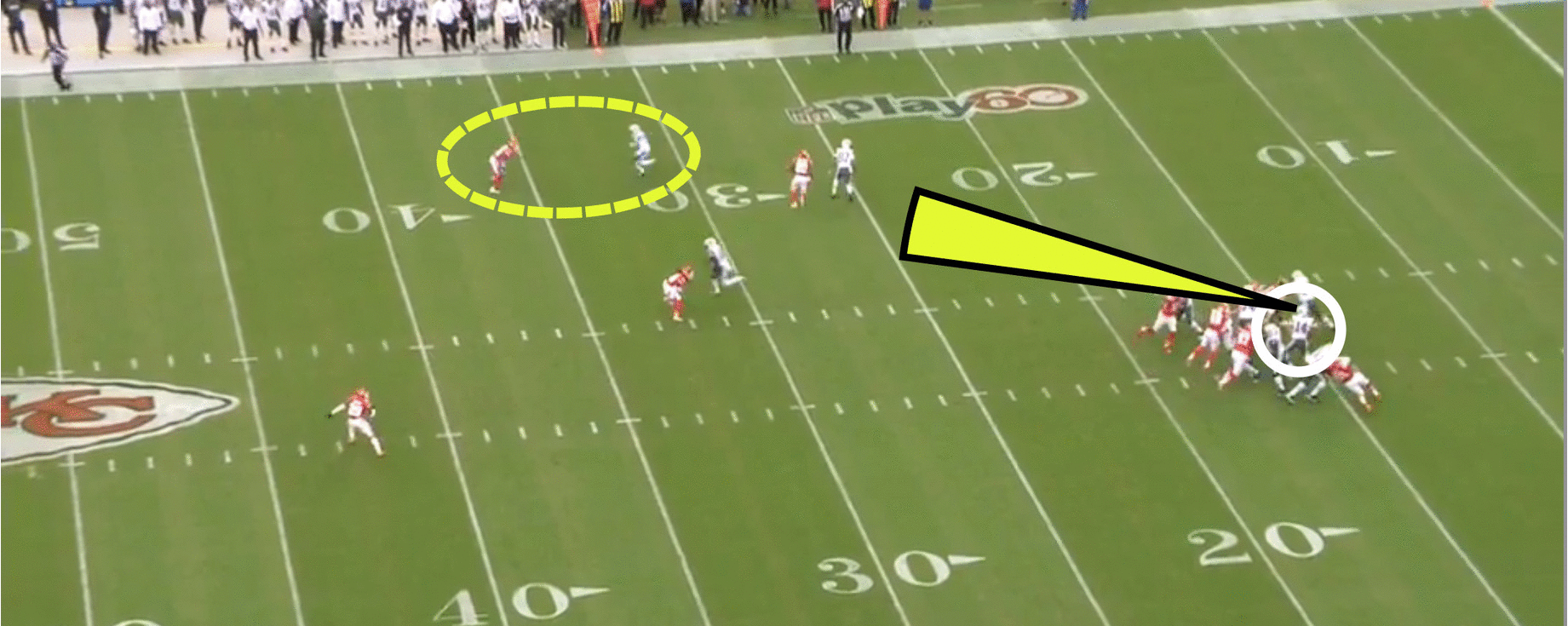
Peters, playing from an off-man position, maintains his cushion and leverage versus the initial release of the wide receiver. That allows the second-year CB to stay square and on top of the route. Perfect spot to read the break of the dig route (square-in) and drive downhill. Peters reads the quarterback, runs the route for the receiver, and high points the pass for another interception. That's good football.
Honorable mention: Janoris Jenkins, Giants

Best slot cornerback
Chris Harris Jr., Broncos
To play true man coverage in the slot, defensive backs have to account for a "two-way-go" from the receiver (inside and outside release). That's a lot of room and a lot of different route combinations to worry about when playing with no immediate help. That's why so many NFL offenses run fade routes and wheel routes from the slot; it puts a lot of stress on the defender in space.
With Harris, the Broncos get a lockdown cornerback inside of the numbers. He plays with amazing footwork, quick hands and the lateral skill set to match the release. That allows Harris to squeeze down on the underneath release and challenge any vertical stem off the line. At times, it looks like he is dancing with the receiver, step for step, through the release.
Harris reminds me of my former teammate in Washington, Champ Bailey. He has elite footwork and ball skills, along with the coverage ability to line up anywhere on the field. That's why Harris can play outside of the numbers or bump inside to play man coverage. And that's the toughest job going in the secondary when you align in the slot.
Honorable mention: Lamarcus Joyner, Rams


Best press-coverage corner
Richard Sherman, Seahawks; Patrick Peterson, Cardinals
How do you pick between Sherman and Peterson? Both need to be in this discussion because of their ability to win at the line of scrimmage. Remember, this isn't about grading the best overall player at the position; we're simply discussing press-man technique.
Between the two, Sherman does a little better job of using his length to take control of the route from the jump. And I would give the edge in footwork to Peterson. He is going to light up the "mirror" drill in practice. Jam, slide and keep the shoulders square to the release.
But the key here is that both cornerbacks are going to physically challenge the release and force opposing receivers to work. You're not getting a free pass, a free run up the sideline. And when receivers eventually get into the route stem, these cornerbacks are going to be on the hip. They both do a great job of pinning receivers to the sideline on the fade (eliminate the path to the ball) and squeezing down on any inside breaking route.
It all starts at the line of scrimmage. Young cornerbacks who want to learn how to play press had better turn on the tape of Sherman and Peterson. Studs.
Honorable mention: Aqib Talib, Broncos

Biggest hitter
T.J. Ward, Broncos
Even in a league that has forced defensive backs to adjust their strike zone on contact, Ward can still intimidate with his hitting ability because of the explosive power he displays at the point of attack. He's a true thumper, a player who can drop down and deliver a violent shot. Yeah, I would love to coach this guy in the secondary. Check out this hit against Raiders RB DeAndre Washington:
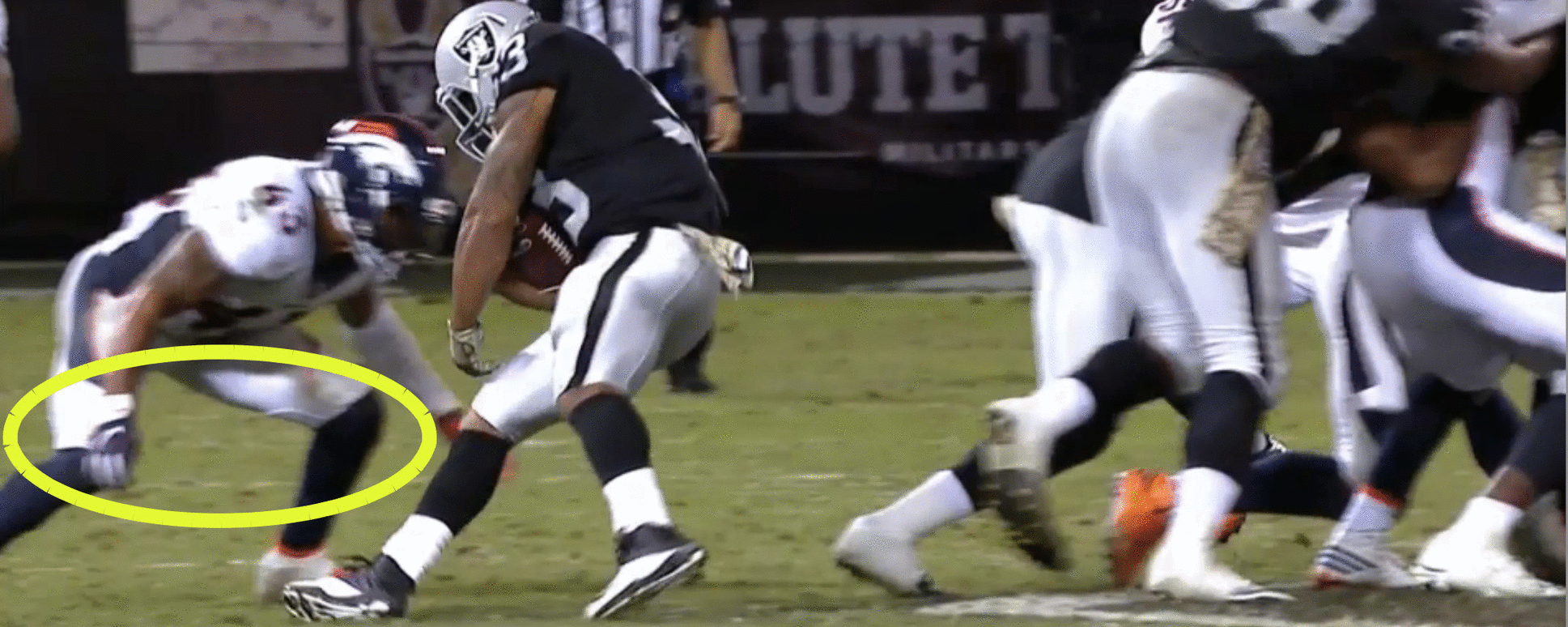
It starts with Ward bending his knees and squaring his shoulders to the ball carrier. That allows Ward to generate more power and force on contact. Wrap the arms, roll the hips and run the legs. This is a textbook hit, a classic form tackle with Ward planting the running back on the ground. Punish that ball carrier. Man, that's physical stuff.
Honorable mention: Kam Chancellor, Seahawks

Best safety in run support
Eric Weddle, Ravens
Weddle isn't a blow-up hitter like Ward, but playing the run at the safety position is more about angles to the ball and the ability to wrap up on contact. Just get the dude down. Weddle consistently keeps the ball on his inside shoulder (prevents the cutback), and he understands how to fill when rolling down into the box. That means he closes with speed, eliminates the distance to the ball carrier and comes to balance (square up, bend the knees and control the feet) before shooting the arms on contact.
Players like Weddle have an enormous amount of value, especially on a defense like the Ravens', which likes to show multiple looks. This allows Weddle to add as an extra defender versus the run. Tackle, tackle, tackle -- you've got to have a safety who can do it to win on defense.
Honorable mention: Tony Jefferson, Cardinals

Best footwork
Jason Verrett, Chargers
Look at how ridiculous this guy is (H/T @KP_Show):
Verrett has the best "plant and drive" I've seen on film. I'm talking about that ability to close, immediately and with no wasted movement. No one can transition from the pedal to the break faster than Verrett. I first noticed it when watching his college tape at TCU. The closing speed jumped off the film then, and it still does. And although Verrett is on the shelf for the rest of the season with a knee injury, he has to be mentioned here. I would love to watch him do the "W" drill. Man, he lights up the turf with his quickness.
Honorable mention: Desmond Trufant, Falcons

Best ball skills (safety)
Eric Berry, Chiefs
Berry doesn't have the interception numbers like his teammate Peters, but his film speaks for itself. Similar to the Patriots' Devin McCourty, Berry has the skill set of a cornerback combined with the range and eyes of a safety.
That's why we see Berry play more man coverage in Kansas City's defensive system. Because of the flexibility in his hips, physicality and the ability to locate the ball, Berry can match up with the top tight ends in the league. Plus, he has the lateral movement to roll down over a slot receiver along with the range to patrol the top of the secondary.
Want an example? Check out his pick-six versus the Panthers from this past Sunday. It was a poor throw from Cam Newton, but a great break from Berry to go high point the ball. He was reading that route from the jump. And after the interception, he turned into a running back. It's a big-time play that highlights his ability in the Chiefs' secondary.
Honorable mention: Earl Thomas, Seahawks

Best overall technique
Malcolm Butler, Patriots
Butler doesn't have elite speed or change-of-direction ability. However, because of his high-level technique and field awareness, he can compete with the top receivers in the game. Want a tape to study? Go check out the Patriots-Giants game from 2015. Butler battled in that matchup versus Odell Beckham Jr. Eye placement, footwork, leverage, hands -- those things consistently show up in Butler's game. Take a look at this clip from earlier this season against the Texans:
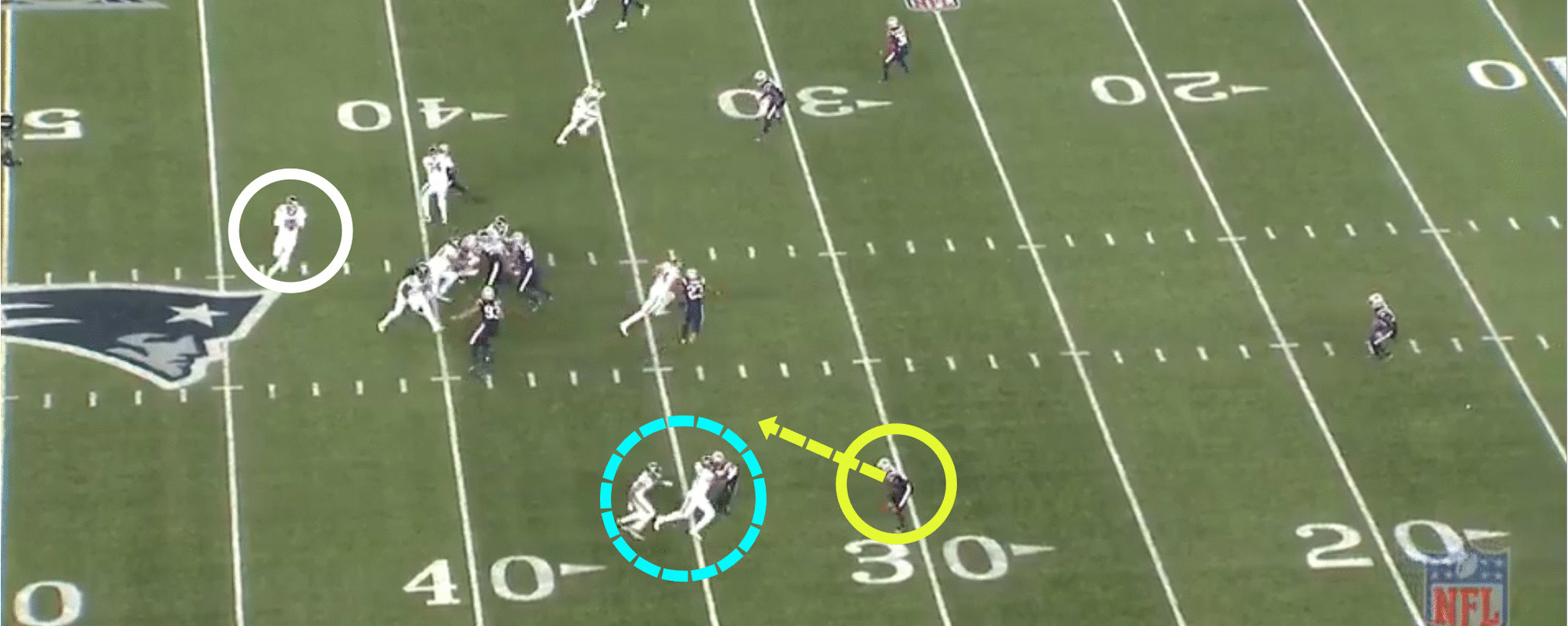
This play by Butler should look familiar, because it's a similar concept that he took away to close out the win in Super Bowl XLIX. Playing with a "flat-foot" read (don't give ground), Butler anticipates the route. When Texans rookie Will Fuller breaks back inside on the follow route, Butler is in a position to create a positive downhill angle, close with speed and break up the fourth-down pass. There's no wasted movement from Butler and no panic. Believe it and go. The perfect combination of technique and route identification. Watching Butler is a good reminder that technique beats talent in the secondary.
Honorable mention: Casey Hayward, Chargers

Best run defender (cornerback)
Xavier Rhodes, Vikings
When the Vikings drafted Rhodes in the 2013 first round, he projected as a zone corner in Leslie Frazier's Cover 2 scheme. He had the size and length to jam and reroute receivers off the line. But he has developed into an all-around cornerback in Mike Zimmer's defense in Minnesota, and that includes playing the run.
Rhodes is going to tackle. He's physical, and he's going to use that frame on the edge. Whether we are talking about replacing off a crack block, closing the door on the backside of the formation or defeating a wide receiver stalk block to make a tackle in space, Rhodes is a vital part of the Vikings' scheme.
Honorable mention: Josh Norman, Redskins

Best up-and-comer (safety)
Landon Collins, Giants
Collins is playing like the safety we saw back at Alabama. That's why he came off the board at the top of the second round in 2015. Physical? Check. Always around the ball? Yep. Gets downhill with speed? You got it. Collins has made a big jump this season compared with his rookie tape, and he's producing impact plays for the Giants' defense, with four interceptions in his past three games.
Collins isn't going to consistently walk out over a slot receiver in man coverage or take away the post as a deep, middle-of-the-field defender, but when you watch him match underneath routes, tackle or drive on the ball in the Giants' zone pressure schemes, it's clear his game has really improved in Year 2. He's being utilized in a way that maximizes his talent in New York.
Honorable mention: Johnathan Cyprien, Jaguars
